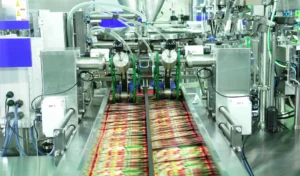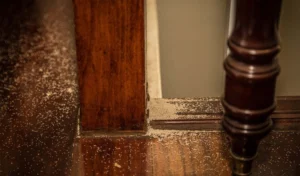Integrated Pest Management emerged as a pest control concept in the 1970s. It refers to the strategy of long-term prevention and control of pests and their harm based on ecosystem by means of biological control, habitat manipulation, cultural practices change and the use of resistant varieties. IPM combines physical, chemical and biological methods to prevent and control pests, rather than a simple pest control method. When there is a pest problem, IPM tends to guide people to choose the response that has the least impact on their health and ecological environment.
Components of IPM
Integrated Pest Management aims to reduce the adverse effects of pest control measures on human health, the environment and non-target organisms, while effectively managing pest problems. Although IPM strategies vary from one pest situation to another, the basic components of IPM all include pest identification, monitoring and assessing pest population and damage, determining the timing of IPM execution, the combination of physical, chemical and biological methods and post-action pest situation assessment.
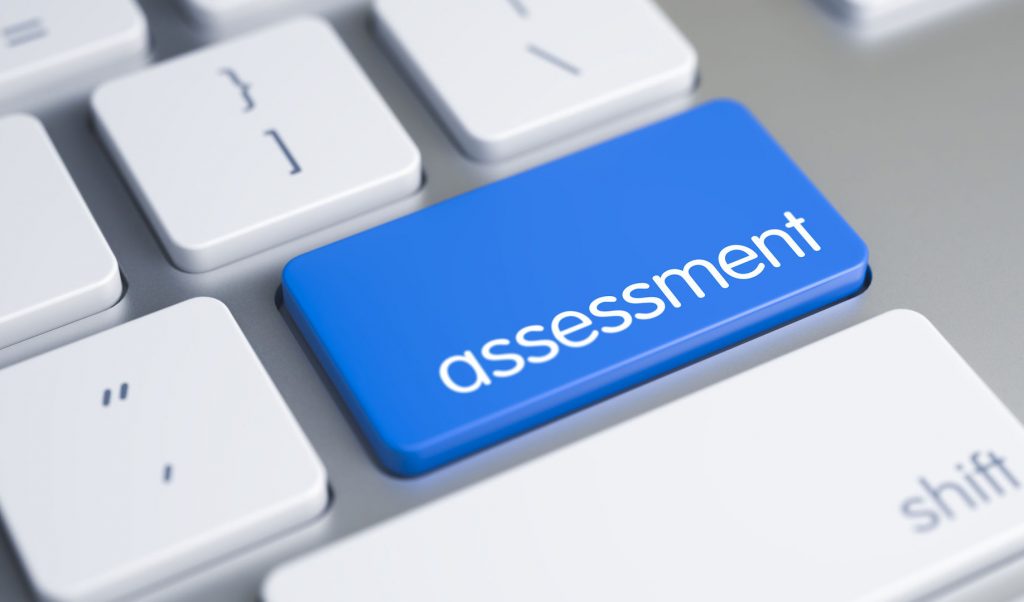
Why IPM?
In the long-term practice of dealing with pest problems, people found that it is not practical to rely on a single method to handle them. If we simply pursue rapid and widespread extermination of pests, we will be inclined to adopt chemical control products and methods that are highly toxic. It will kill a wide range of pests and beneficial insects without reasonable distinction. This practice may show good results in the short term, but in the long run, it will inevitably bring about pollution problems caused by the misuse of harmful chemicals and adverse effects on human health. Despite its disadvantages, the significant effectiveness of chemical control methods is the main reason for their presence. Therefore, considering the high efficiency and negative effects of chemical control methods, in recent years, in the research and development of insecticides, manufacturers have consistently pursued the goal of ensuring low toxicity, low environmental impact and minimum health impact as well as the pursuit of high efficiency. This allows the advantages of chemical control methods to be better utilized, so that the application of chemical control products can always be covered by IPM.
If we consider the impact on the environment and health, then physical pest control is certainly a good choice compared to the chemical control methods. The characteristic of physical pest control methods is to make use of the insect’s sensitivity to some physical conditions to achieve the purpose of pest control. Physical pest control methods have been around the world for a long time. For example, they include, but are not limited to, devices like sticky traps for insects and mice that we all have been using until today. This kind of device has a simple structure, a convenient operation approach and a great control effect. They can directly and physically prevent the pests from contact with its target hosts. In recent years, many gradually mature physical prevention and control technologies such as solar energy, UV, ultrasonic and high voltage current have been widely applied.
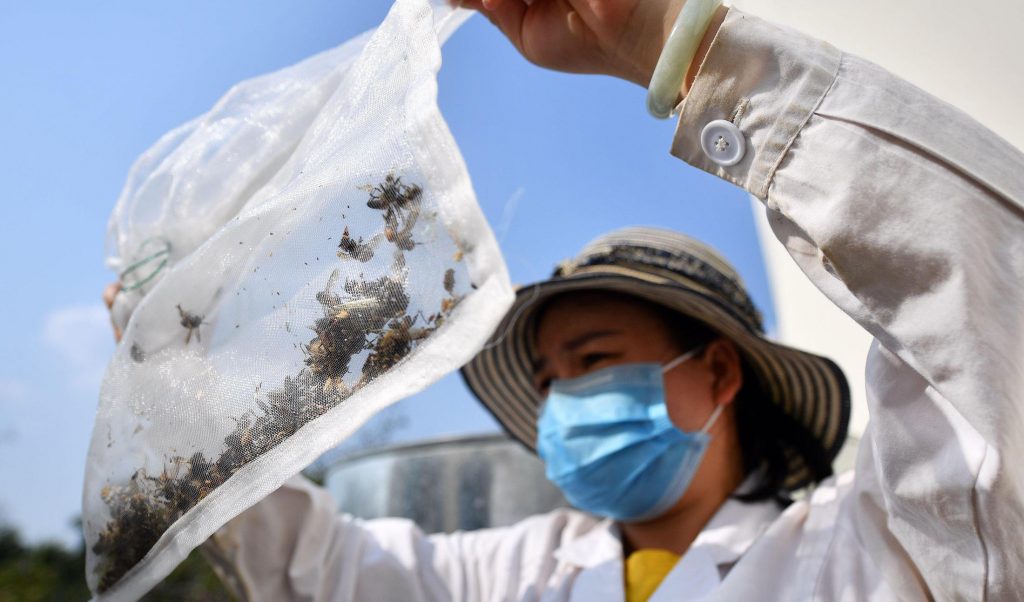
Biological control means to kill the target pests by releasing their natural enemies. This method can significantly reduce the use of insecticides, but there are some difficulties in its operation and control. If not used properly, biological control methods can lead to small-scale ecological imbalance. Therefore, attention should be paid to control the releasing number of the natural enemies and the range of use when selecting these methods. In this way, we can make good use of certain biological resources to kill pests and give full play to the advantages of these methods.
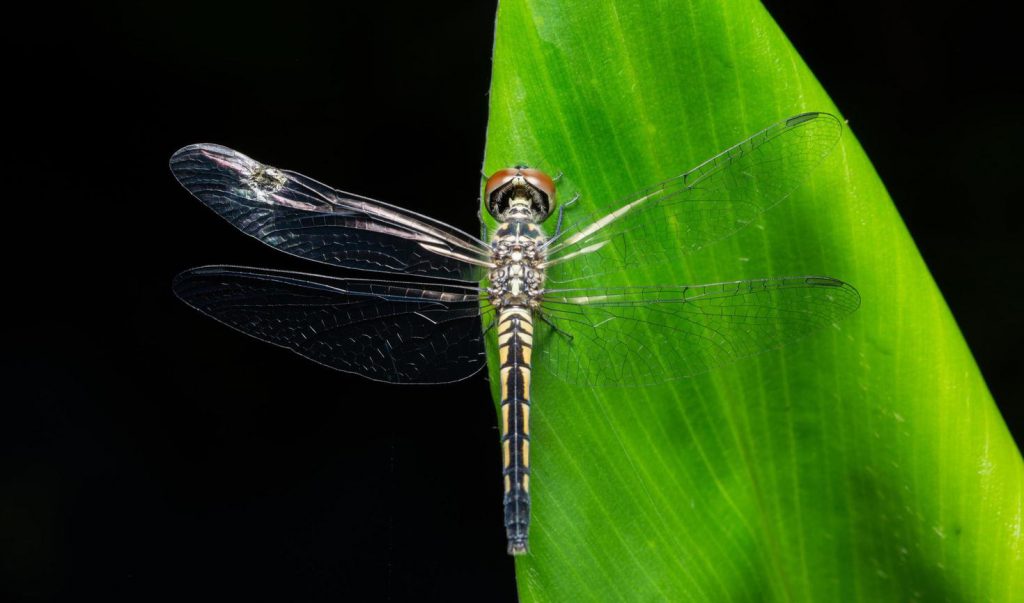
Characteristics of IPM
The emergence of IPM is based on the gradual realization that a single pest control method is not effective for pest control and the negative effects of over-reliance on insecticides. The introduction of IPM accelerated the acceptance of the concept of integrated control and provided a model for sustainable agriculture. IPM is also characterized by its ability to reduce the development of pest resistance. IPM targets only certain pest species, thus reducing the impacts of chemical control methods on other insect species, especially these beneficial insects. IPM helps to maintain the balance of the ecosystem and maintain biodiversity. But at the same time, IPM involves a variety of technologies and implementation methods. It also involves a lot of variables, so the operation needs to be carefully learned. It also takes time for IPM to be implemented with close monitoring of its effects.

